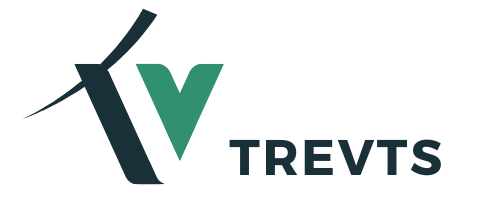ADS
At the heart of every workplace, whether big or small, are the job titles and functions that employees hold. These two terms play a critical role in defining the structure of an organization, as well as the individual roles and responsibilities within it. While job titles and job functions are often used interchangeably, they serve distinct purposes and can vary significantly in their scope and impact.
A job function is essentially the collection of tasks and responsibilities that a person performs as part of their role within a company. It includes both the day-to-day duties and occasional projects that an employee may be tasked with. Job functions help to clarify the specific work that an individual contributes to an organization. For example, a preschool teacher’s job functions may include organizing learning activities, preparing classroom materials, monitoring student progress, and creating a safe learning environment.
The significance of job functions lies in their ability to define the expectations that a company has for its employees. By clearly outlining the tasks and responsibilities associated with a position, job functions enable employees to understand their role within the organization and work towards achieving their goals. Job functions also serve as a guide for companies seeking to hire new employees, as they provide a clear description of the duties that will be required of the successful candidate.
On the other hand, a job title is the label given to a person’s role within a company. It often indicates the specific duties that the person is responsible for, as well as their level of seniority within the organization. Job titles can range from entry-level positions, such as Administrative Assistant or Junior Consultant, to executive roles like Chief Executive Officer or Head Chef. Job titles play a crucial role in helping people understand the nature of someone’s job, as well as their level of experience and expertise.
Job titles are important for various reasons. They provide individuals with a clear understanding of the type of work that a person does and can serve as a goal for career advancement. Job titles also play a key role in the hiring process, as recruiters use them to assess a candidate’s qualifications and relevant experience. Additionally, job titles can help stakeholders and customers assess a person’s credibility and authority within an organization.
While job titles and job functions both play a role in defining a person’s role within a company, they differ in several key ways. One of the main differences is the level of detail that each provides. Job functions typically provide a comprehensive list of tasks and responsibilities, while job titles offer a brief and concise description of a person’s role. This distinction allows individuals to understand the essence of a job function and the critical responsibilities associated with it.
Another difference between job titles and job functions lies in their internal and external relevance. Job functions are more beneficial for internal teams and employees, as they help to define the specific tasks that each person is responsible for. On the other hand, job titles are often used externally to communicate a person’s role within an organization to clients and customers.
Furthermore, job functions focus on individual responsibility and accountability, helping employees understand their daily tasks and work towards career advancement. In contrast, job titles serve as a tool for companies to categorize employees based on their skills and experience, as well as to allocate tasks based on the importance of the role.
In conclusion, while job titles and job functions may seem similar, they serve distinct purposes within an organization. By understanding the differences between job titles and functions, individuals can gain a clear understanding of their role within a company and work towards achieving their career goals. Ultimately, both job titles and job functions play a crucial role in defining the structure of an organization and the individual roles within it.








